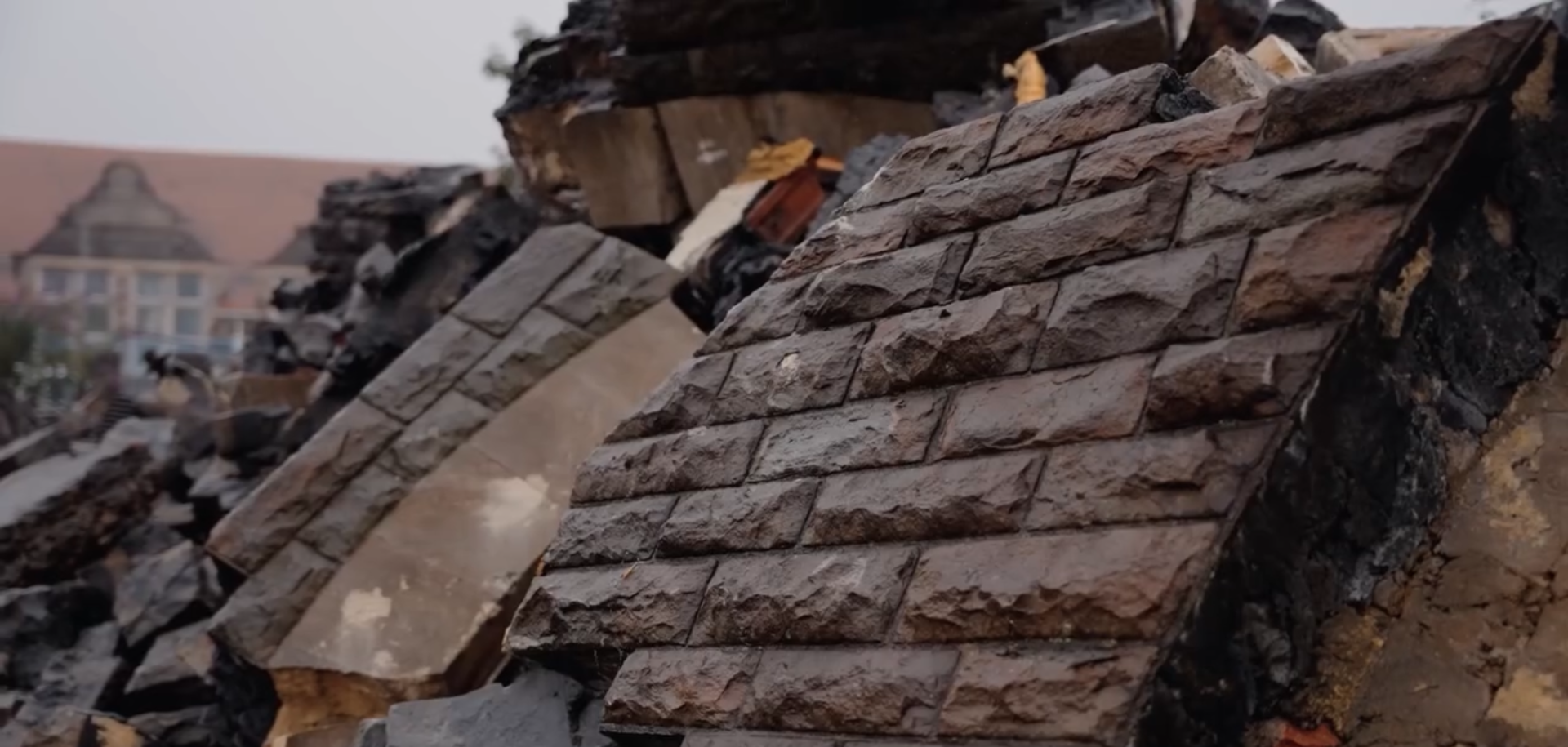Sustainability and Community Projects at Devonshire Place, formerly Lower Dyffryn School
The Devonshire Place redevelopment, formerly Lower Dyffryn School, has seen some fantastic projects and hidden histories come to life thanks to the support of the National Lottery Heritage Fund and the What Once Stood project led by Social Value Manager, Natalie Hawkins.
What Once Stood seeks to deliver 43 new homes, a combination of houses and apartments, available for occupancy by Summer 2026. The project will preserve the rich history of the former school and nearby Caewern House by capturing the memories and historical significance of these cherished buildings, ensuring their legacy endures within the community.

Through a blend of sustainability and community passion, a diverse range of initiatives are underway. Here’s what’s been happening:
The Development – Devonshire Place
This development contributes to Port Talbot’s goal of building 1,200 affordable homes by 2026, addressing the housing needs of the Neath Port Talbot community with high-quality, secure and affordable living options.
Since the school’s closure in 2018, the site has remained unused and unsafe. While awaiting planning consent, our team has carefully deconstructed and salvaged materials, recovering over 5,000 tonnes of stone, ceramics, flooring and furniture. These will be thoughtfully reused in the upcoming development.
Green Initiatives
Built to Last:
Constructed in the 1800s, Lower Dyffryn School was made with durable, high-quality materials. The stone from the school’s exterior walls will be reused to build the new homes at Devonshire Place, maintaining the heritage and character of the original structure while ensuring sustainable construction practices.


Arts Project with Tanio:
The school featured a variety of beautiful ceramic tiles used in the fireplaces and walls. To give these ceramics a new purpose, we partnered with Tanio, an arts charity offering creative activities to local communities. Tanio will host community events where residents can craft a tiled mosaic mural from the recovered ceramics. This artwork will be displayed in Devonshire Place’s garden, creating a lasting tribute for visitors and residents to appreciate.

Rehoming, Recycling and Repurposing:
Efforts to rehome usable items from the school have included donating equipment like speakers, basketball hoops, tables and chairs to local schools and care homes. Natalie has also facilitated partnerships with Cyfle Building Skills and Neath College carpentry students, who will transform 100m² of reclaimed flooring into benches and garden furnishings for the new development.
Green Spaces:
We are creating a communal garden on-site, with plans to plant over 100 trees to promote biodiversity. This green space will offer residents a place to connect with nature, fostering a sense of community and environmental stewardship.
We’ve ensured to repurpose and recycle as much as possible from the development site, and we’re proud to share that less than 1% of the demolition waste will be going to landfill.
The Importance of This Project
These projects are beneficial in so many ways; not only are they green initiatives helping to combat issues such as climate change and helping with sustainability, but they also foster social value, such as community engagement, aiding in keeping the memory of Lower Dyffryn School alive. It was important to us that the legacy of this beloved building was taken forward for future generations to know, respect and enjoy.
How to Get Involved
Stay updated on Devonshire Place and the What Once Stood project by following us on social media. If you’d like to participate in our community engagement projects, please reach out to: wos@linc-cymru.co.uk
Additionally, a local resident has created a website to track the development’s progress. We’ve supported this initiative by providing regular updates and the upkeep of the website’s security.
